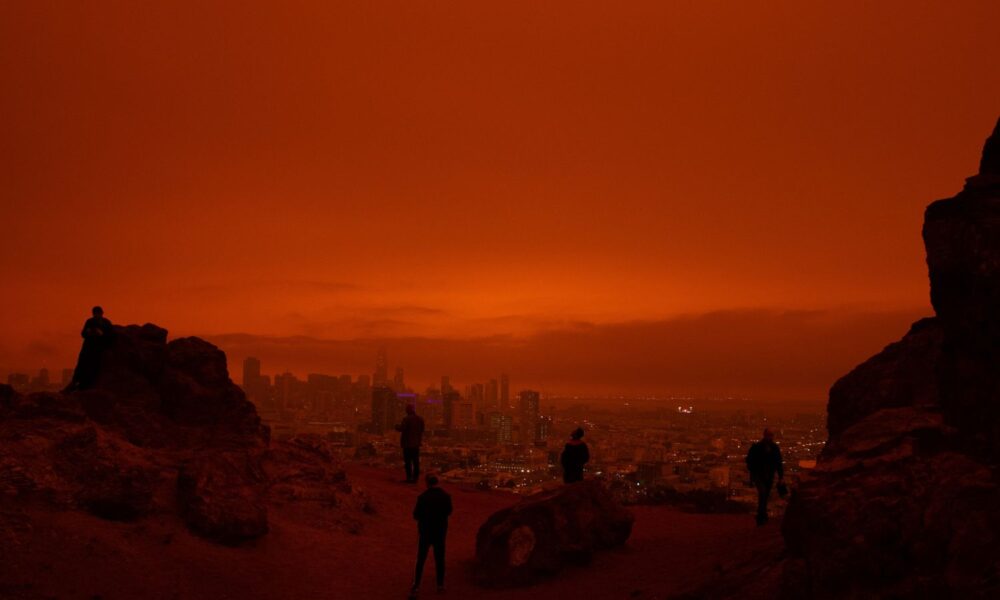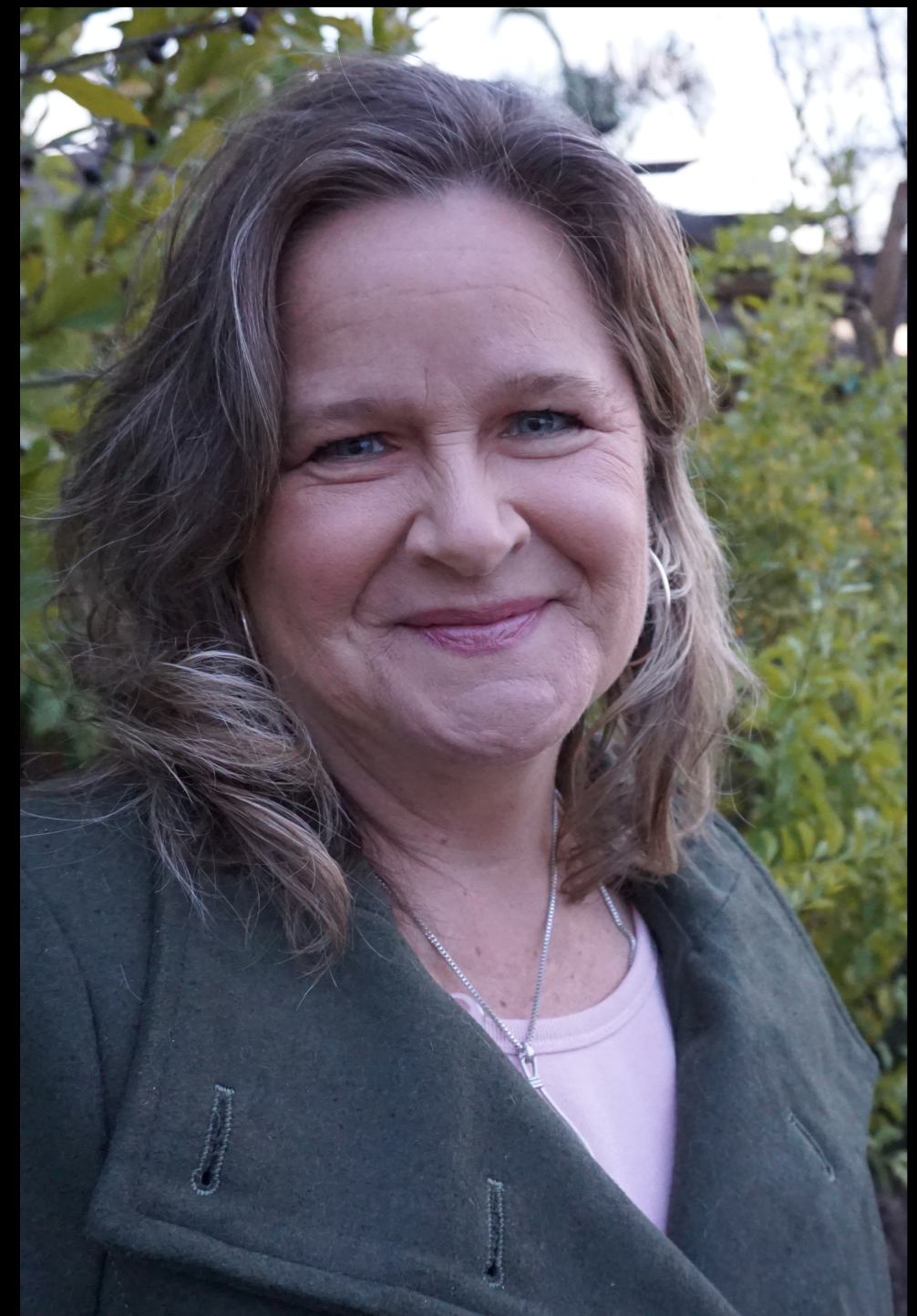The Union of Concerned Scientists has declared summer “Danger Season” because of the increasingly destructive and extreme weather events worsened by a changing climate. While some of the dangers that summer brings are more obvious—such as raging wildfires and devastating winds and floods from hurricanes—other dangers may be less obvious or intuitive, such as inhaling smoke from wildfires, which can be as harmful to your health as smoking several cigarettes a day, depending on the severity. While we do not fully understand all of its health effects, scientists and medical researchers have made much progress in recent years identifying the respiratory, cardiovascular, and immune system responses and damage that wildfire smoke causes; what populations bear the greatest burden and are most at risk; and the short- and long-term actions that are most effective at countering the negative health impacts from this lesser-known danger that’s made worse by climate change.
Whose health is at greatest risk from wildfire smoke?
My colleagues and I at the Sean N. Parker Center for Allergy and Asthma Research have been studying the health impacts of wildfire smoke and air pollution in populations in California, especially the Central Valley, for over a decade. While exposure to smoke affects everyone, some populations bear a greater burden than others. For example, we now know that smoke worsens asthma, and can even change DNA in children, and that children of color are particularly affected. Pregnant people exposed to wildfire smoke have a greater risk of premature birth, and workers in occupations with high exposure such as firefighters suffer high mortality rates from lung cancer and cardiovascular disease.
Wildfire smoke exposure also exacerbates existing environmental justice concerns because it disproportionately impacts those in outdoor employment such as farm and agricultural workers, many of whom are people of color earning below-average wages. Smoky days are also more dangerous for those who live with no air conditioning or inadequate air filtration. Many communities experiencing unhealthy air quality due to wildfire smoke are already socioeconomically disadvantaged. For example, California’s Central Valley is home to large Latinx populations that are already exposed to poor air quality and some of the highest levels of fine particulate matter (PM2.5) in the country. They additionally experience wildfire smoke routinely, being bounded on the east by the Sierra Nevada, where wildfires occur every year, and they often breathe the smoke blown from fires from coastal locations to the west as well.
In addition, climate change is increasing the likelihood that people in the Central Valley experience extreme heat, and we are just beginning to understand the compounding impacts of these exposures. More research is needed to better understand how wildfire smoke exposure can affect the respiratory, cardiovascular, and immune systems and other organs in the long term.
Evidence informing action: what we can do
We know from climate models and my colleagues at Stanford University that higher temperatures due to climate change and worsening drought conditions linked to climate change contribute to greater wildfire activity in the Western United States. In New Mexico, for example, fires have, on average, doubled in size over the last 40 years. If global emissions continue unabated, these conditions are only likely to worsen through the middle and end of the century—so we must be prepared to adapt as best as we can to what we know is coming. To alleviate some of the worst health impacts, a few things can be done.
Individuals and communities should:
- Consult the latest Air Quality Index for your area
- Follow the CDC’s recommendations to protect yourself and others from wildfire smoke
- Stay informed about the dangers of smoke inhalation and the use of masks as protection
Policymakers at all levels need to act to limit the risks of wildfires by, for example:
- Providing incentives for and requiring new buildings to install the best indoor air filters
- Improving communication, preferably in multiple languages, about the risks of smoke and the best available protections;
- Increasing and improving indoor air quality sensors and monitoring
- Focusing on schools as a priority for clean air environments
- Increasing prescribed burns
In addition, we need to sharply curtail the heat-trapping emissions driving climate change and decarbonize our transportation, energy, and other sectors towards clean energy. Protecting vulnerable populations from the worst of wildfires and air pollution while reducing planet-warming emissions is our best bet to ensure a healthy population and a healthy planet.

